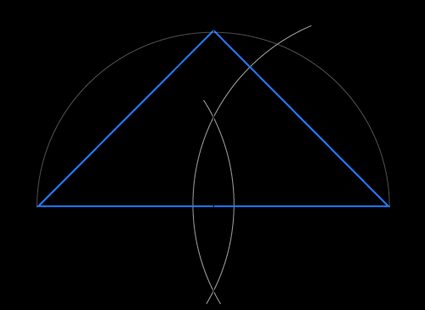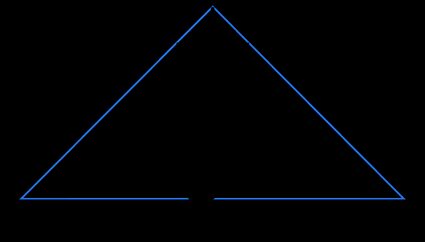Isosceles Right Triangle Calculator
Do you need an isosceles right triangle calculator? Do you need to find the area, perimeter, or lengths of the sides of an isosceles right triangle? This isosceles right triangle calculator will help you to do that and more. Keep reading to learn:
- What is an isosceles right triangle;
- How to use our isosceles right triangle calculator;
- How to find the perimeter of a right isosceles triangle;
- How to find the area of an isosceles right triangle;
- What a right isosceles triangle looks like; and
- How to construct an isosceles right triangle.
🔎 So what is an isosceles right triangle exactly? An isosceles right triangle is a right-angled triangle with two equal sides and congruent angles.
How to use our isosceles right triangle calculator
To use our isosceles right triangle calculator, enter the value of the known side in the correct field, and the lengths of the other sides, as well as the area and perimeter, will be calculated for you.
How to find the perimeter of the isosceles right triangle?
Perimeter is the distance around. To find the perimeter of a right isosceles triangle, we add all the sides.
If any of the sides of the triangle is unknown, you first need to find each side. Using the Pythagorean Theorem, we know that the square of the hypotenuse (h) is equal to the sum of the other two sides. Since they are of equal length, we will use a to represent the other two sides.
Let's assume a is the known side, and it is equal to 5 cm.
Let us find the unknown sides:
Now that we know the length of each side, we may add them to arrive at the perimeter. So the perimeter (P) of this isosceles right triangle is:
🙋 What is the Pythagorean theorem used for? Pythagorean or Pythagoras theorem is usually used to find the sides of a right triangle.
How to find the area of an isosceles right triangle?
To find the area of an isosceles right triangle, we use the formula:
area = ½ × base × height
In this instance, one of the equal sides is considered the base and the other the height. So, if the two equal sides have a measurement of 4cm, insert the measurements for the base and the height to find the actual area.
Next, follow these steps:
- Substitute in the values:
area = ½ × 4 × 4 - Find the area
area = 8 cm²
How to calculate the lengths of the two identical sides if we know the hypotenuse?
We will also employ the Pythagorean theorem to calculate the lengths of the two equal sides given the hypotenuse.
Substitute in the value of the hypotenuse - if the hypotenuse is equal to 5 cm, then:
How to construct an isosceles right triangle

To construct a right isosceles triangle, you will need your book, a ruler, and a compass. Now that you have the tools you need, let's get started:
- Use your ruler to draw a horizontal line on the page.
- Mark a point on one end of the line.
- We will call that point
a. - Place your compass on the point marked
a, and extending the drawing end a little beyond the center of the line, draw an arc that cuts through the line and extends upwards, creating a half-circle. - Draw a point on the other end of the line with your pencil.
- Name this point
b. - Place your compass on point
band, extending the drawing end a little beyond the center of the line, draw another large arc as you did before. These two arcs should intersect at the top and bottom. - Using your ruler and pencil, draw a line through the points where the arcs intersect.
- Label the point where the two lines now bisect each other,
o. - Place your compass at
oand draw an arc that cuts lineabat both ends and the perpendicular line at one end. - Name the point where the arc passes through the perpendicular line
c. - Use your ruler and pencil to draw a line from point
atoc. - Repeat the above step from point
bto pointc.
Once you have completed these steps, you should now have an isosceles right triangle 😀.
🙋 Here is what a right isosceles triangle looks like:

Are you looking for more calculators like this?
Can a right triangle be both scalene and isosceles?
No. A right triangle cannot be both scalene and isosceles. An isosceles triangle has two equal sides and angles. The sides and angles of a scalene triangle, on the other hand, are never identical.
Can isosceles triangles be right triangles?
Yes, an isosceles triangle can be a right triangle. However, not all right-angled triangles are isosceles, nor are all isosceles triangles right-angled triangles.
Is a right triangle scalene, isosceles or equilateral?
A right triangle may be scalene or isosceles, but it can never be an equilateral triangle. In fact, in most instances, a right triangle would be a scalene triangle. Only in one instance can a right triangle be an isosceles triangle - when it has two equal sides and angles.